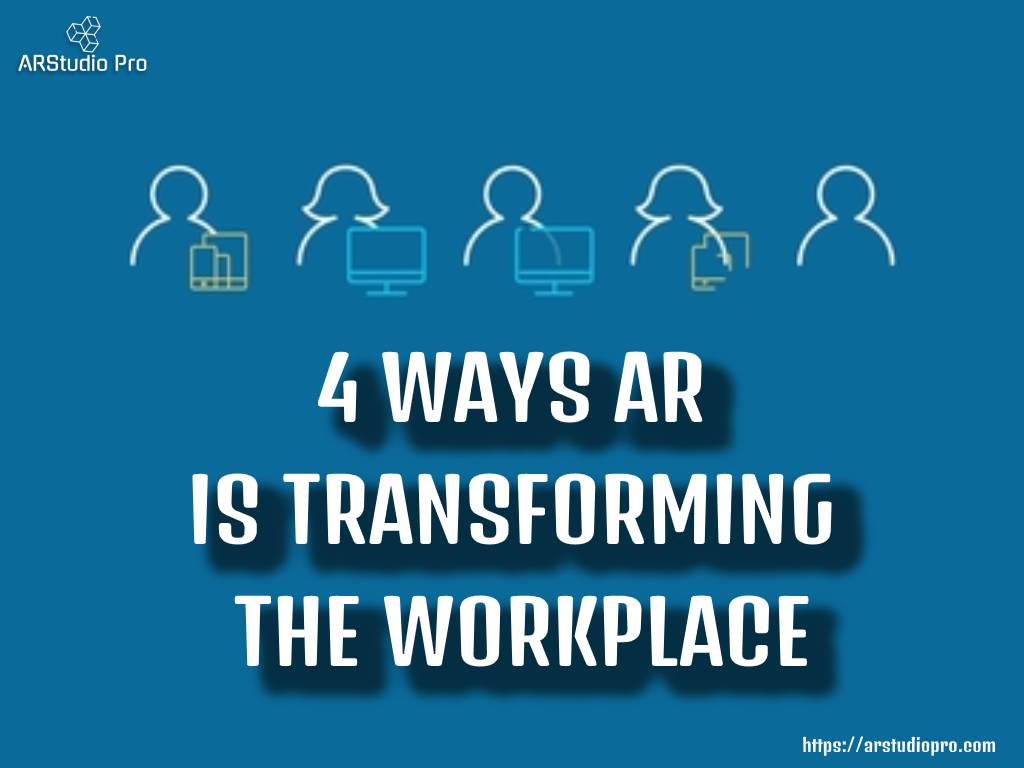
4 Ways AR Is Transforming the Workplace
June,2020
Augmented reality (AR) is a powerful technology that provides an interactive real-world environment experience. It overlays virtual objects into the real world objects, so offering a combination of both, the real and virtual worlds.
AR-powered gadgets and devices are bringing about a significant change in the way employees perform their day-to-day jobs. Whether it is health care centres or tourism, AR apps are everywhere.
AR-powered navigation system
More often people find it quite difficult to search for places that they wish to visit when they are in a new or unacquainted place. This may happen outdoors when going for a vacation or even indoors when visiting a new shopping mall or even at various airports.
At present, users have to constantly keep looking at their smartphones while driving in order to find the correct route to the destination. Constantly looking at the smartphone screen and driving simultaneously is quite tedious and straining to the eye. AR-powered glasses enable people to navigate seamlessly by viewing the path directly in front of their eyes.
The application of augmented reality can also be seen in the healthcare industry. In hospitals, nurses are required to find out the exact position of the veins on the hands of patients. Trainee nurses quite often find this difficult.
Data visualisation
One of the key benefits offered by augmented reality is the visualization of information and data by means of an AR-powered gadget, anytime anywhere. Using this technique, people can solve different challenges using virtual data in front of them. In the construction industry, engineers and architects can see everything virtually real-time in front of them, from complete structures to raw materials required.
Prior to the inception of augmented reality technology, Boeing's employees were required to stay connected via the laptop all the time. This was needed to ensure that the different wires were connected properly. This entire process was strenuous for the employees and consumed a lot of time too. Using AR-powered headsets helped the Boeing workforce to tackle this problem. AR headsets presented all data in front of their eyes. This made the wire assembly process convenient, faster and hassle-free.
Training and knowledge transfer
AR apps enable companies to present a real-world immersive experience to trainee employees and test them. These testing and training sessions are possible without the employees having to leave the premises. Using AR, organizations can replicate the actual situation in front of the employee to check how they would behave. A team leader can conduct training sessions for new marketing executives even when he/she is not in the office or even when on the field.
Medical practitioners around the world have already started using AR power headsets and eyewear to show junior doctors how a particular procedure or surgery is performed without having to physically involve any patient.
Remote assistance
Augmented reality helps employees receive valuable feedback on successfully completing any tasks. While working on a project, co-workers can assist and guide each other. An employee located remotely can seek assistance and support from a co-worker who is actually present in office by means of live streaming.
Not long ago, a tractor production unit observed that the use of AR glasses in training employees give better results. This included enhanced productivity, minimised mistakes, and lowered the downtime significantly. This system implemented by the production unit enabled the workmen to leave important notes in the AR gadgets to help each other understand the exact technical glitches at present and previous issues as well.



